Ensuring Data Quality: Best Practices for Data Engineers
Data engineering isn’t glamorous, but it’s the foundation of every successful data project. [AK]
In today’s data-driven world, ensuring high-quality data isn’t just a technical necessity—it’s a business imperative. Poor data quality can lead to flawed insights, wasted resources, and lost opportunities. For data engineers, the guardians of data pipelines, establishing robust practices to maintain and enhance data quality is critical.
This article explores the best practices for ensuring data quality, providing actionable insights that every data engineer can implement.
1. Understand Data Quality Dimensions
Before you can ensure data quality, you need to define what it means. The most common dimensions of data quality include:
- Accuracy: Data reflects the real-world objects or events it represents.
- Completeness: Data is not missing and includes all required attributes.
- Consistency: Data remains uniform across different systems or datasets.
- Timeliness: Data is up-to-date and available when needed.
- Validity: Data conforms to predefined formats or rules.
- Uniqueness: No duplicate records exist.
Actionable Tip:
Create a data quality checklist that aligns with these dimensions and tailor it to your organization’s needs.
2. Build Quality into Data Pipelines
Data quality shouldn’t be an afterthought. Embed quality checks directly into your data pipelines to catch and resolve issues early.
Key Practices:
- Automated Validation: Use tools like Apache NiFi, Great Expectations, or dbt to validate data against predefined rules.
- Schema Enforcement: Enforce schemas at the ingestion stage to prevent invalid data from entering the pipeline.
- Error Logging: Maintain detailed logs of errors for troubleshooting and analysis.
Example:
An e-commerce platform validates order data at ingestion to ensure product IDs and customer IDs exist in their respective databases before processing.
3. Monitor Data Quality Continuously
Monitoring ensures that data quality issues are detected and addressed in real time.
Best Practices:
- Set Up Alerts: Use monitoring tools like AWS CloudWatch, Datadog, or Grafana to set up alerts for anomalies.
- Track Metrics: Monitor data quality metrics such as error rates, null values, and duplicates using tools like Monte Carlo, Datafold, or Talend.
- Dashboarding: Create dashboards to visualize data quality trends and highlight problem areas.
Example:
A healthcare company tracks data validity metrics to ensure patient records comply with regulatory standards, reducing compliance risks.
4. Implement Data Lineage and Metadata Management
Understanding where your data comes from, how it’s transformed, and where it’s going is key to maintaining quality.
How to Implement:
- Use tools like Apache Atlas, Alation, or Collibra to track data lineage.
- Maintain detailed metadata for each dataset, including source, transformations, and ownership.
Example:
A financial institution uses data lineage to trace errors back to their source, ensuring quick resolution and audit compliance.
5. Foster a Data-Quality Culture
Tools and processes can only go so far without a culture that prioritizes data quality.
Key Steps:
- Educate Teams: Conduct training sessions on the importance of data quality and best practices.
- Ownership: Assign clear data ownership roles to ensure accountability.
- Collaboration: Encourage collaboration between data engineers, analysts, and business teams to align quality goals.
Example:
A SaaS company established a data quality committee with members from engineering, analytics, and operations to ensure cross-functional accountability.
6. Regularly Audit and Refactor Pipelines
Even well-designed pipelines can degrade over time. Regular audits help identify inefficiencies and quality issues.
Best Practices:
- Conduct periodic reviews of pipeline performance and quality metrics.
- Refactor pipelines to remove redundant steps or outdated logic.
- Document all changes to maintain clarity and reproducibility.
Example:
A logistics company audits its data pipelines quarterly to ensure optimal performance during peak seasons like holidays.
Conclusion: Data Engineers as Quality Champions
Ensuring data quality is an ongoing journey that requires attention to detail, the right tools, and a proactive mindset. By understanding quality dimensions, embedding quality checks, and fostering a culture of accountability, data engineers can ensure that their pipelines deliver reliable, actionable insights.
What are your go-to strategies for ensuring data quality? Share your tips in the comments below!





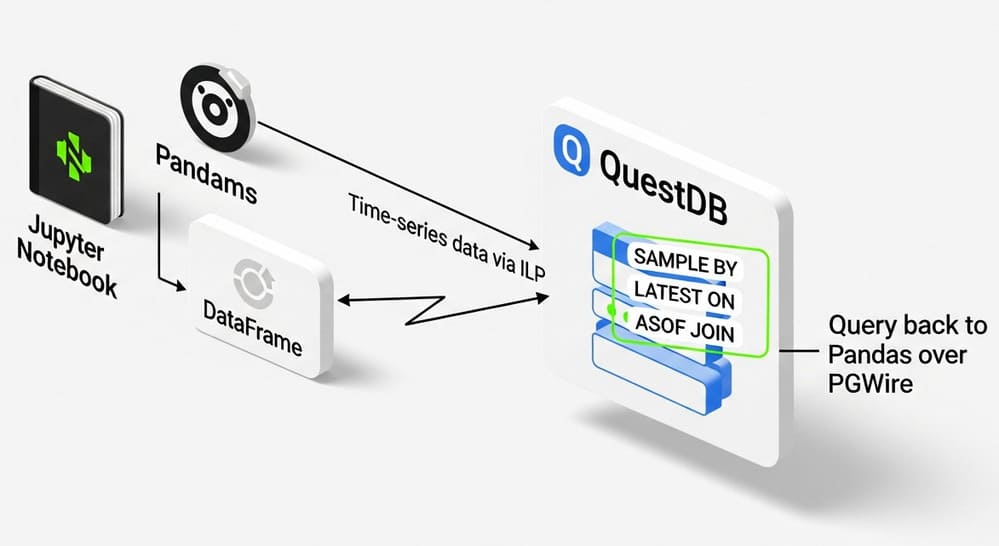
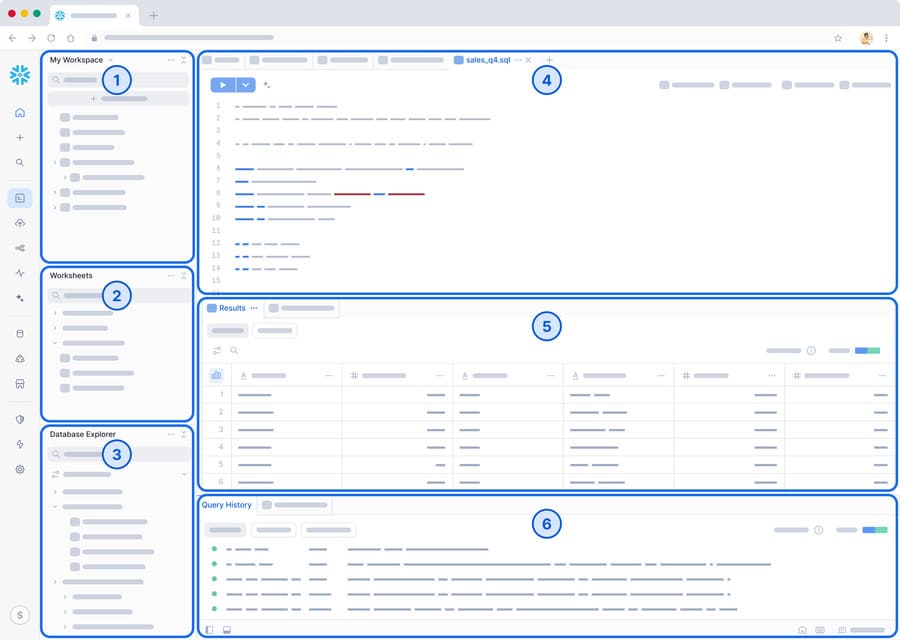

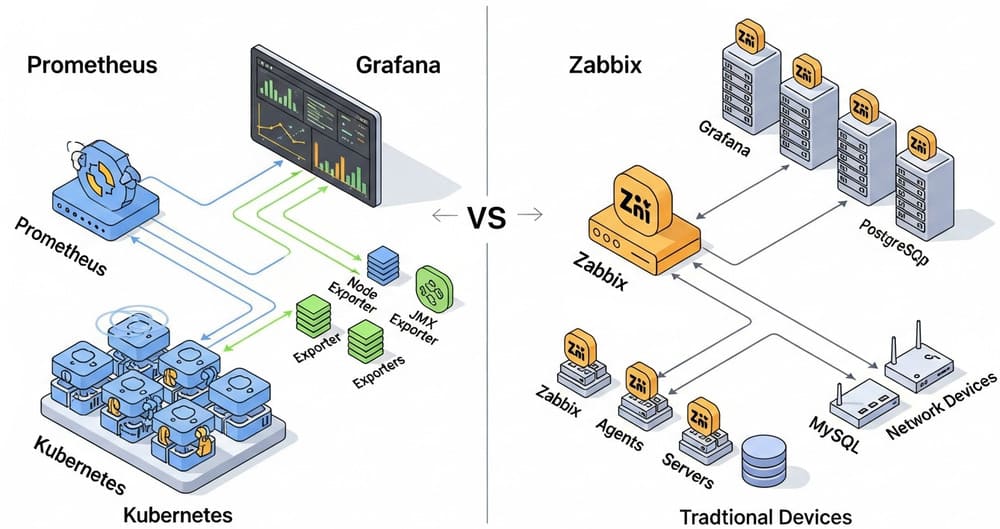

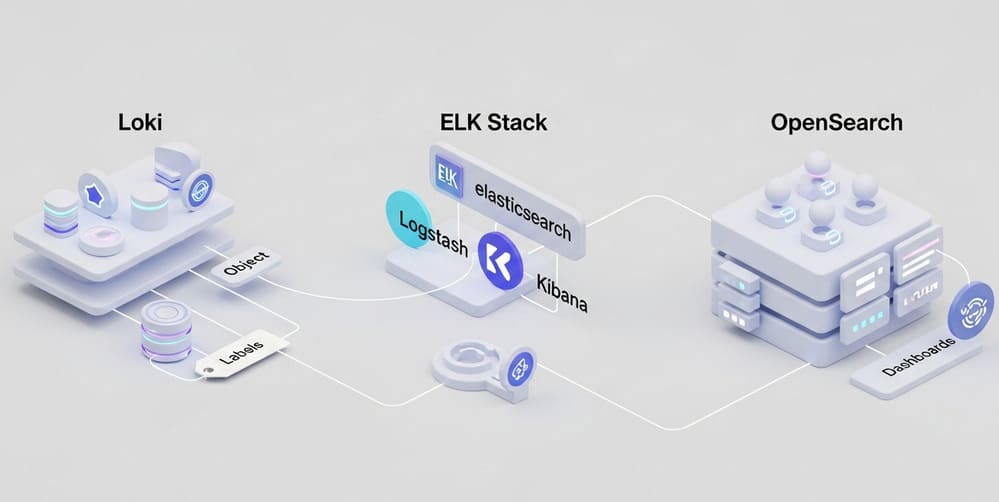
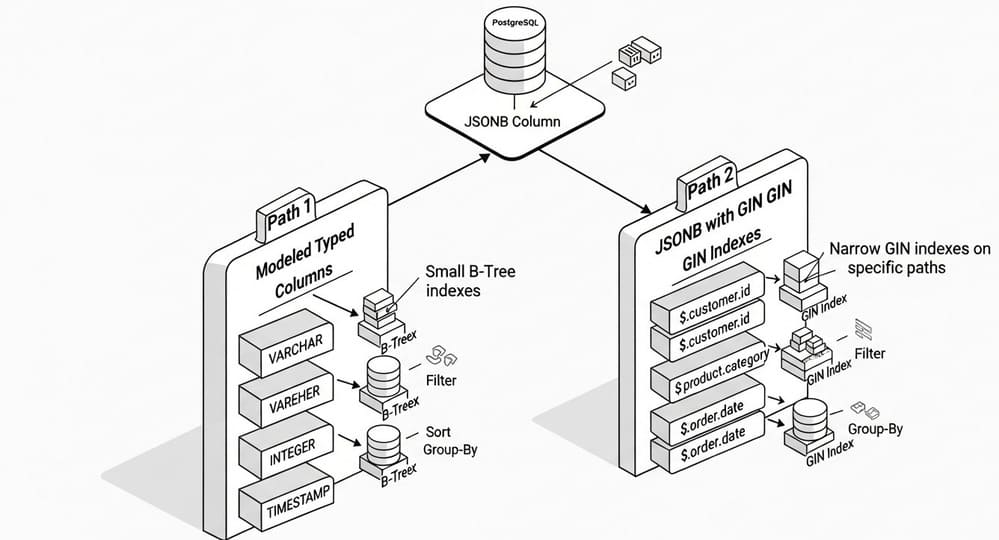

Leave a Reply